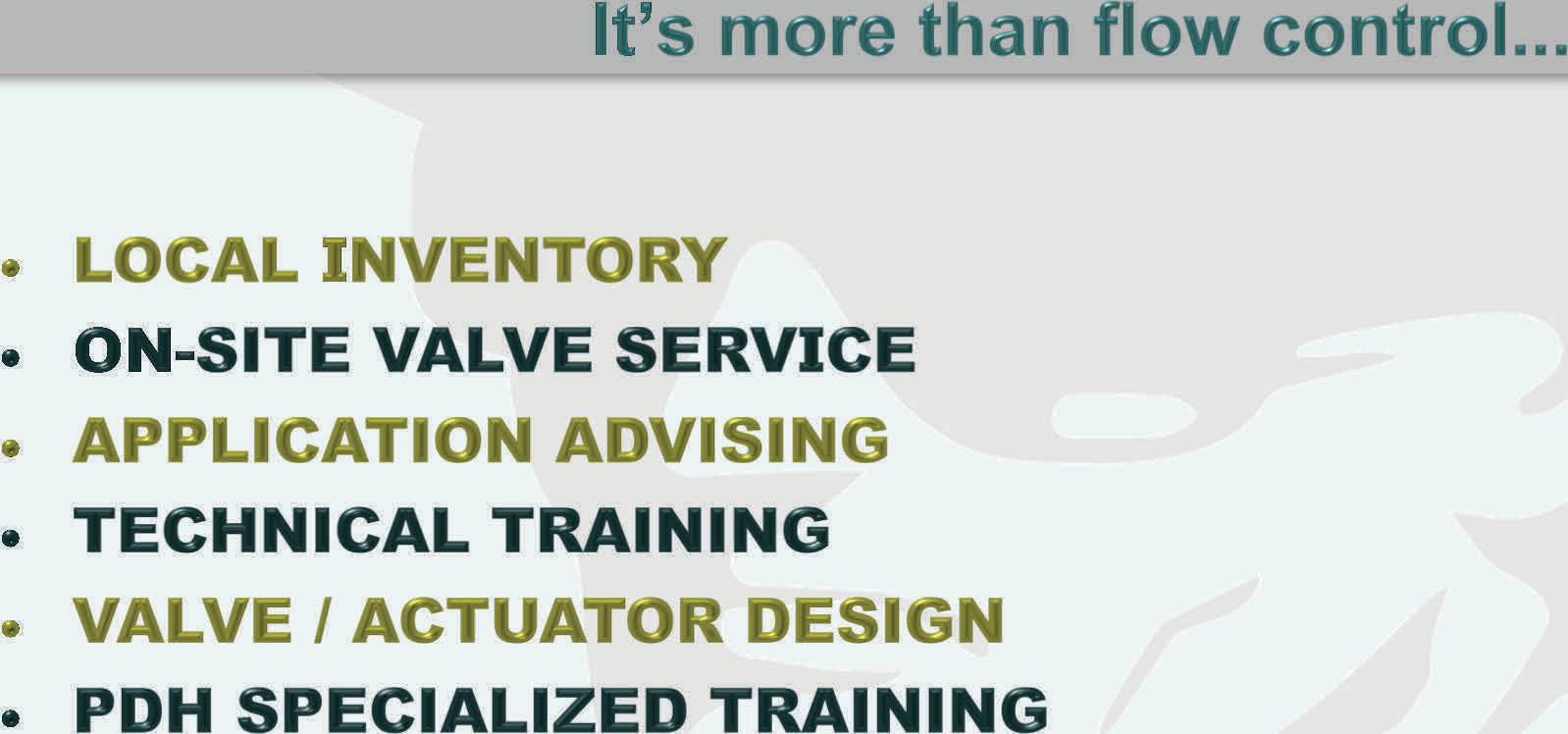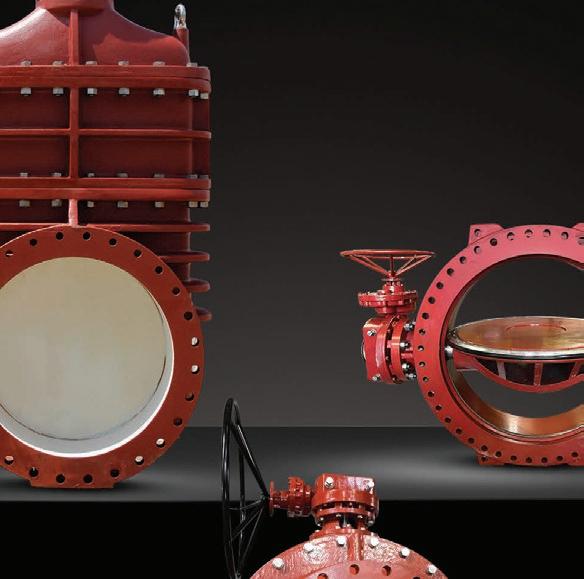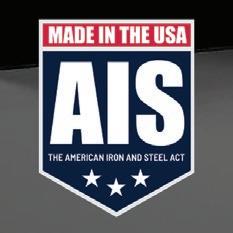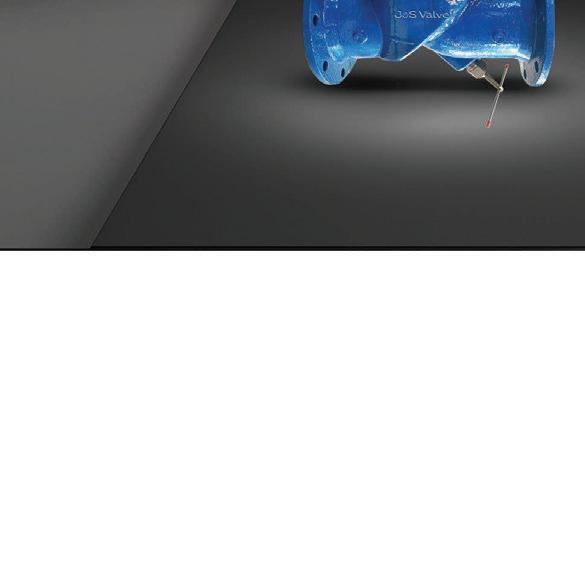the splash















































































































































































































As an Oklahoma native and water engineering expert, Bryce Callies understands first-hand the water challenges that face his state. He’s dedicated to shaping communities across the region by improving water treatment plants and applying new technologies that help supply safe, reliable water to residents in every corner of Oklahoma.



Bryce
Callies, PE Oklahoma Water Resources Team Leader

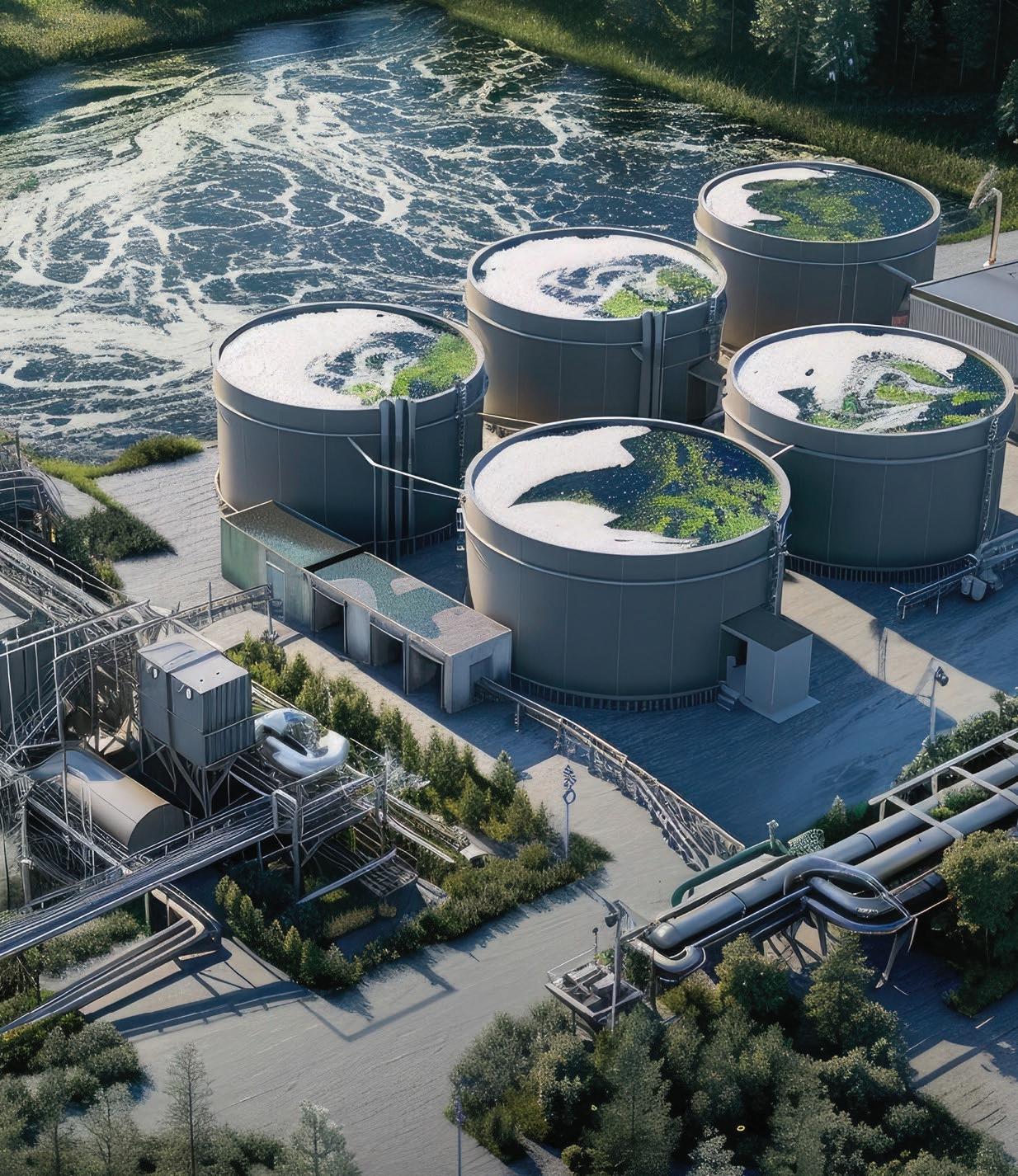









ENGINEERING
Water/Wastewater
Groundwater Systems
Civil/Electrical/I&C
Hydraulic Modeling/Master Planning
Value Engineering
DESIGN
New Construction
Refit/Rehabilitation
Assessments/Studies
PROJECT/ CONSTRUCTION MANAGEMENT Inspection Design Build Services

MUNICIPAL,








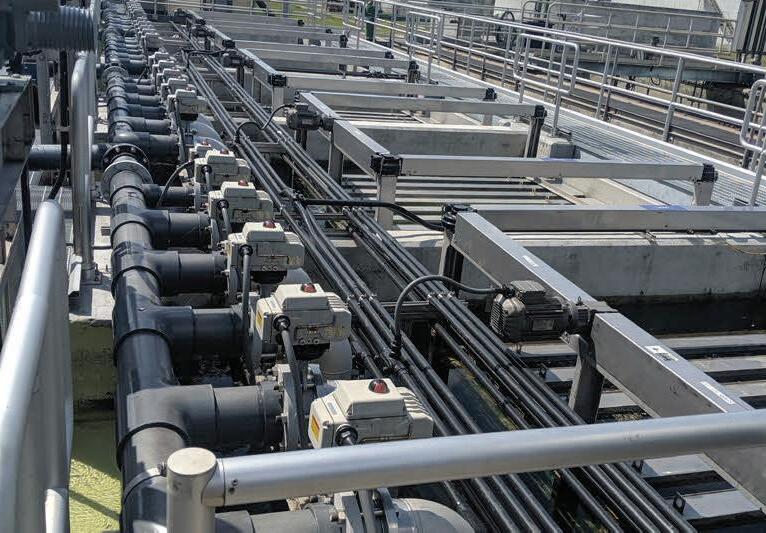












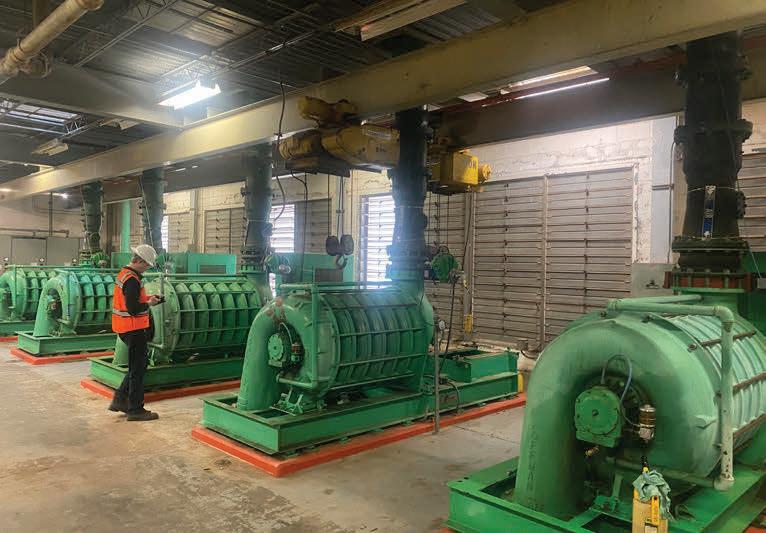

Welcome back readers of The Splash! I can’t wait to update you on what we have been up to over the last few months since our last issue was released. It has been very busy for OWEA as we work towards some of the exciting events coming up. We have begun planning for our 2025 APWAOK/OWEA Joint Technical Conference & Trade Show and are nalizing details for our new Awards Banquet in January. We had a great turnout at our Committee Training in August and are still working through all the feedback we got from the attendees. I hope this will get you all excited about what we have coming up.
My last letter mentioned that our new Committee Training Event had occurred, but I wanted to give you all a little more of a recap of it. It was a productive day of hearing ideas for ways to grow and improve our organization. One of the key takeaways included discussing the restructuring of our committees. The idea is to try to create fewer committees that are more broadly focused and then allow members to dive into speci c focus areas as desired. We hope this will encourage more people to participate and feel less like they are the only ones responsible for doing all the work for that committee. We are still working through all the details on this but are excited to make this change moving forward. Some of the other takeaways from the training were interest in virtual or in-person lunch and learns,


“WE HAD A GREAT CONFERENCE THIS PAST MAY AND ARE LOOKING FORWARD TO AN EVEN BIGGER AND BETTER ONE THIS COMING YEAR.”
as well as other ways to try to advertise our organization to draw in new members. Two of OWEA’s values from our Strategic Plan are Collaboration and Passion, I feel like this training was a great representation of those values. People from di erent parts of the state took time out of their busy schedules to get together and discuss ways for us to grow and improve our organization. Several of the attendees were not previously involved in any committees and were able to provide perspective on
ways to better engage our members. All that to say, we were very pleased with the turnout at our rst year of our training event and plan to hold these annually, we hope to see even more of you there next year!
Planning for our 2025 APWAOK/OWEA Joint Technical Conference & Trade Show is underway. We have sent out our call for abstracts and ask you to consider submitting them. We had a great conference this past May and are looking
“AS WE DRAW THIS YEAR TO A CLOSE, I AM LOOKING AHEAD TO 2025 AND CAN’T WAIT TO SEE WHAT HAPPENS NEXT. I HAVE BEEN AMAZED BY ALL THE HARD WORK THAT OUR BOARD AND COMMITTEE MEMBERS PUT INTO THIS ORGANIZATION. THEY VOLUNTEER THEIR TIME TO OWEA TO TRY TO IMPROVE AND GROW THIS ORGANIZATION.”
forward to an even bigger and better one this coming year. The call for abstracts remains open so if you haven’t submitted yet, there is still time! If you are selected, you will be noti ed in January or February of 2025. The conference will be held in Norman, OK at the Embassy Suites on May 19-21, 2025.
The Awards Committee has been working hard to plan the OWEA Awards Banquet scheduled for January 24, 2025, at the Will Rogers Theater and Tasting Room in Oklahoma City. This will be an annual banquet held in addition to our awards ceremony normally held at our
Joint Technical Conference & Trade Show. This committee is working hard to ensure that we have a great turnout. If you missed submitting for any of these awards, keep an eye out over the next few months as we will be sending out a notice to submit for awards that will be given at our Joint Technical Conference & Trade Show as well.
As we draw this year to a close, I am looking ahead to 2025 and can’t wait to see what happens next. I have been amazed by all the hard work that our board and committee members put into this organization. They volunteer their
time to OWEA to try to improve and grow this organization. As I mentioned in my letter in the last issue, the last few years have consisted of trying to regain the momentum that was lost due to the pandemic. I feel like we are moving in the right direction and getting tangible plans together to push us even further.
I hope everyone can take some time over the next couple of months to enjoy time with friends and family throughout the upcoming holiday season. I hope everyone has a happy holiday season and I look forward to seeing what comes next in 2025!

The Water Environment Federation (WEF) has announced the appointment of Ralph Erik Exton as its new Executive Director, e ective July 15, 2024.
“The Board of Trustees is excited for Ralph to take the helm of WEF,” said WEF Board President, Aimeé Killeen. “Ralph brings years of strategic leadership and business experience to the organization, which we know will be a great step forward in ringing in our 100-year anniversary and beyond.”
Exton joins WEF from Grundfos, where he served as the water utility vice president and chief marketing o cer. Prior to his tenure at Grundfos, Exton accumulated nearly three decades of experience at other distinguished companies in the sector, including Suez, Veolia, and GE Water & Process Technologies.
Beyond his professional career, Exton has been a key WEF volunteer with over a decade of service. He served on WEF’s Board of Trustees for ve years, holding the position of Treasurer/O cer for three consecutive years and chairing the Audit Committee. Additionally, Exton was a member of the Diversity, Equity & Inclusion (DEI) Board Committee and was nominated to join the WEF Circular Water Economy Summit Advisory Committee. In recognition of his signi cant contributions, he was honored with the esteemed WEF Fellow Award in October 2023 for his commitment to advancing the global water environment.
“I have been honored to serve the WEF community for many years and have developed a passion for this organization,” said Exton. “My goal as WEF’s executive director is to reinforce its position as a leader and convener in the water sector, enhancing its impact on global water issues.” He continued, “We’ll prioritize the needs of the communities WEF serves through sustainable solutions, purpose-driven partnerships, innovative technologies, exceptional customer service, and unwavering integrity and accountability.”


“WE’LL PRIORITIZE THE NEEDS OF THE COMMUNITIES WEF SERVES THROUGH SUSTAINABLE SOLUTIONS, PURPOSE-DRIVEN PARTNERSHIPS, INNOVATIVE TECHNOLOGIES, EXCEPTIONAL CUSTOMER SERVICE, AND UNWAVERING INTEGRITY AND ACCOUNTABILITY.”
Killeen emphasized Exton’s role in achieving WEF’s strategic goals. “Ralph will be a pivotal part of steering WEF through the next phase of its strategic plan, aligning with the organization’s vision of achieving a ‘life free of water challenges,’” she said. “He – and WEF –remain rmly committed to our mission of inspiring the water community in pursuit of human and environmental well-being.”



















The original chapter of the Select Society of Sanitary Sludge Shovelers was founded in Arizona in 1940 for the many members who contribute in some outstanding measure to the a airs and success of the Water Environment Association. Since that time, similar independent chapters have been formed in many of the other Member Associations of the Water Environment Federation.
Ceremonies di er among each Member Association – usually, this happens because no one has provided them with anything to go by. There are no “real” rules for selection to membership. The opinion of the judges in selecting awardees is nal. In the case of ties, duplicate awards are not made, but the judges can be in uenced.
There are no dues or o cers, except the In uent Integrator designated by the neutral “pH7.” Their duties are to record and report selections, present o cial certi cates of elevation, bestow badges, and preside over these solemn, impressive ceremonies. Oklahoma has had only two In uent Integrators; Robert Carr was the initial integrator beginning in 1998 and serving until 2020 when John Bannen was selected to carry on the prestigious position.
Selection to membership is in recognition of “outstanding, meritorious service above and beyond the call of duty” to the Oklahoma Water Environment Association. Selection bestows the accolade of being “elevated on the o cial shovel to the highest ridge on the sludge bed, with the title of Select Sludge Shoveler and all the honor, atmosphere, requisites, and dignity appertaining thereto.” Nominations to the 5S society must come from an existing shoveler. Typically, nominees have provided service to the OWEA organization through exceptional volunteerism including chairing a committee, participating in planning the annual conference, making a presentation at the annual conference, or supporting the e orts of OWEA with sponsorships.
“Shovelers” are identi ed by the wearing of a gold shovel. The wearing and prominent display of the shovel is required at any industry events and meetings. Any 5S member found to be out of uniform is required to then purchase a beverage of choice for the entire group present. There are two versions of the Oklahoma Shovel worn by our current members. A standard shovel and in

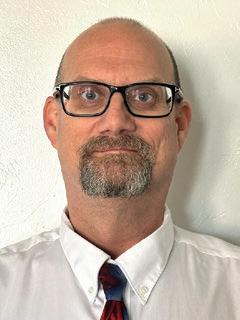


2023 a shovel with a Tornado charm was introduced and presented to the inductees. Other states have similar modi cations such as the Paci c Northwest Member Association has a Salmon, Texas has a state charm to help identify the source of the Sanitary Sludge Shoveler’s award.
There are currently 46 members of the OK 5S Society and we look forward to recognizing members of our association who display outstanding volunteerism in our organization to our water community with the 5S Award.
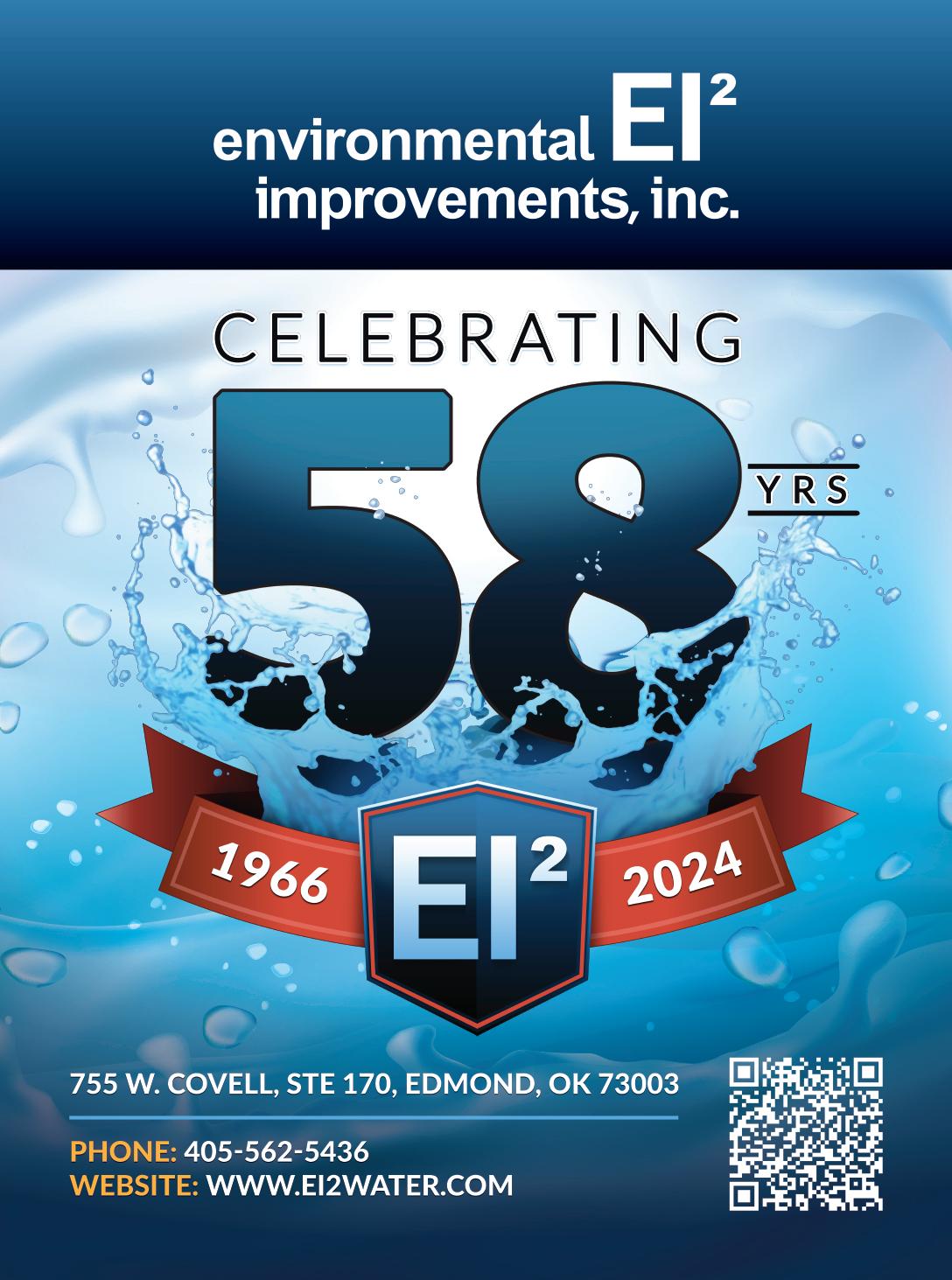
































klahoma Water Environment Association launched its Women in Water (WiW) Committee at the May 2024 Annual Conference in Tulsa. The initial kicko events included a panel on “Valuing Voices: Women in Water” and a reception. Prior to the conference, a logo was designed speci cally for the Oklahoma




WiW Committee. Through a Water Environment Federation Grant and matching funds by OWEA, t-shirts, stickers, and ribbons were purchased and provided to WiW event attendees. Additionally, through generous sponsorship, water bottles, snacks, and beverages were provided.

This fall there will be a second event planned in the Oklahoma City metro area for the WiW Committee to gather, relax, and support each other, and prepare for the next annual conference. If you would like to join, sponsor, or receive information about upcoming committee events, email okwomeninwater@gmail.com.
Our concern for the environment is more than just talk
























































































































is pleased to present a new section of annual awards that will be facilitated during an awards luncheon at Will Rogers Theatre in OKC on January 24, 2025. As part of OWEA’s mission to be an essential organization for all water professionals safeguarding the water environment in Oklahoma, these awards are intended to supplement the WEF/OWEA awards traditionally given at our spring conference. New awards will include the Municipal Treatment Plant of the Year, Automation and Instrumentation Technician of the Year, Line Maintenance Technician of the Year, an Emerging Leader Award, and several others! Please reach out to Cole Niblett at mcniblett@garverusa.com or Crystal Kowalik at ckowalik@ardurra.com for questions about this event or the new awards.
The OWEA Municipal Treatment Plant of the Year Award shall be presented to a municipal water or wastewater treatment plant in Oklahoma that has consistently exhibited outstanding performance of daily activities beyond the normal call of duty.
Categories: There are three size categories for this award. The categories are determined by plant ow rates. All three categories may be awarded simultaneously in any single year.
• Category #1 for plants with ow rates of less than 1 MGD
• Category #2 for plants with ow rates of 1-10 MGD
• Category #3 for plants with ow rates greater than 10 MGD
General Criteria:
1. Nomination must specify Category and ow rate of facility.
2. Shall have had no more than ve compliance violation during the two years preceding the nomination.
3. Shall have a satisfactory system of historical records and annual reports.
4. Shall have a documented safety program in action and have had no more than ve reportable, lost-time incidents per 10 facility employees in the year preceding the nomination.
5. Shall have at least one ODEQ certi ed operator on sta . A copy of the operator certi cation certi cate(s) is required.
6. Shall provide a description of the plant including processes used and capacity.











7. Shall provide a photograph of the sta that includes the plant in the background.






8. A one-page summary of how the nominee meets the criteria, exempli es OWEA’s core values, and why the nominee should receive the award is required.


















The OWEA Operator of the Year Award shall be presented to a water or wastewater treatment plant operator (municipal or industrial) in the State of Oklahoma who has demonstrated outstanding professionalism, performance, and dedication at his/her facility and has performed his/her duties tirelessly and with dedication to the betterment of the water environment.
General Criteria:
1. The nominee shall be a member of OWEA. The OWEA Membership Number must be provided.
2. The nominee shall maintain a current operator’s license in the State of Oklahoma. A copy of the ODEQ certi cation certi cate is required.
3. The nominee shall be involved in the day-to-day activities at a single plant for at least one year preceding the nomination.
4. The nominee shall continually strive to improve professionally through training seminars and classes.
5. The nominee actively participates in public education through such activities as plant tours, etc.
6. The nomination shall include at least three letters of recommendation to include at least one letter from a co-worker.
7. A one-page summary of how the nominee meets the criteria, exempli es OWEA’s core values, and why the nominee should receive the award is required.
The OWEA Automation, Instrumentation, or Electrician of the Year Award shall be presented to an OWEA member (municipal or industrial) in the State of Oklahoma who manages, improves, or otherwise performs tasks related to automation, instrumentation, or electrical systems as part of their day-to-day role. Individuals are expected to have demonstrated outstanding professionalism, performance, and dedication at his/her facility and performed his/her duties tirelessly and with dedication to the betterment of the water environment.
1. The nominee shall be a member of OWEA. The OWEA Membership Number must be provided.
2. The nominee shall be involved in the day-to-day activities at a single employer for at least one year preceding the nomination.
3. The nominee shall continually strive to improve professionally through training seminars and classes.
4. The nominee actively participates in public education through such activities as plant tours, etc.

5. The nomination shall include at least three letters of recommendation to include at least one letter from a co-worker.
6. A one-page summary of how the nominee meets the criteria, exempli es OWEA’s core values, and why the nominee should receive the award is required.
General Criteria:
1. The nominee shall be a member of OWEA. The OWEA Membership Number must be provided.
The OWEA Line Maintenance or Stormwater Technician of the Year Award shall be presented to a water, wastewater, or stormwater line maintenance technician or operator in the State of Oklahoma who has demonstrated outstanding professionalism, performance, and dedication at his/her facility and has performed his/her duties tirelessly and with dedication to the betterment of the water environment.
2. The nominee shall be involved in the day-to-day activities at a single employer for at least one year preceding the nomination.
3. The nominee shall continually strive to improve professionally through training seminars and classes.
4. The nominee actively participates in public education through such activities as plant tours, etc.
5. The nomination shall include at least three letters of recommendation to include at least one letter from a co-worker.
6. A one-page summary of how the nominee meets the criteria, exempli es OWEA’s core values, and why the nominee should receive the award is required.
General Criteria:
1. The nominee shall be a member of OWEA. The OWEA Membership Number must be provided.
The OWEA Maintenance Technician of the Year Award shall be presented to a water, wastewater, or stormwater mechanic or maintenance technician in the State of Oklahoma who has demonstrated outstanding professionalism, performance, and dedication at his/her facility and has performed his/her duties tirelessly and with dedication to the betterment of the water environment.
2. The nominee shall be involved in the day-to-day activities at a single employer for at least one year preceding the nomination.
3. The nominee shall continually strive to improve professionally through training seminars and classes.





















4. The nominee actively participates in public education through such activities as plant tours, etc.
5. The nomination shall include at least three letters of recommendation to include at least one letter from a co-worker.
6. A one-page summary of how the nominee meets the criteria, exempli es OWEA’s core values, and why the nominee should receive the award is required.
The Emerging Leader Award is presented by OWEA to a young member of OWEA who has provided outstanding service in support of the Association in the form of committee involvement, recruiting, volunteer time, event participation, or other contributions. The nominee may also be someone who is relatively new to the water industry, but has displayed passion and merit in the performance of their duties.
General Criteria:
1. The nominee shall be a current OWEA member and have no more than ve years of membership in OWEA. The OWEA Membership Number must be provided.
2. The nominee shall be under 36 years of age at the time of the nomination.
3. The nominee shall have served on at least one OWEA or ad-hoc committee.
4. The nominee shall not have previously won the OWEA Emerging Leader award.
5. The nomination shall include at least one letter of recommendation.
6. The nomination shall include a short biography of the nominee.
7. The nomination shall include a description of the nominee’s OWEA-related activities.
8. A one-page summary of how the nominee meets the criteria, exempli es OWEA’s core values, and why the nominee should receive the award is required.
The OWEA Exemplary Employer Award recognizes Oklahoma employers who support and facilitate their employees’ involvement and activities within the OWEA and WEF organizations, with special consideration given to those employers who foster the involvement and activities among Young Professional OWEA members. The term “employers” may encompass municipalities, engineering rms, corporations, vendors, professional organizations, government agencies, educational institutions, etc.



1. The nominated employer shall exhibit company-wide support of and involvement in OWEA/WEF activities. A description is required.
2. The nominated employer shall render bene ts to employees, especially Young Professional employees, through nancial assistance toward employee memberships in OWEA/WEF. Details are required.
3. The nominated employer shall encourage employees to participate in OWEA/WEF activities and shall facilitate that participation even for volunteer activities that might occur during working hours. Examples must be provided.
4. The nominated employer shall support and encourage technical and professional growth among its employees. Examples might include: encouraging participation in committee activities at local, State, and national levels of OWEA and WEF; facilitating the attendance of employees at OWEA and WEF technical presentations; encouraging submittal of employee technical abstracts for presentation at OWEA and WEF meetings, seminars, and conferences; and encouraging submittal of technical articles in OWEA and WEF professional and technical journals and publications. A one-page summary is required.
5. The nomination shall include a minimum of three letters of endorsement to include one letter from an employee and two letters from non-employee sources.
The OWEA Environmental Sustainability Award recognizes individuals who have made outstanding contributions in the eld of environmental sustainability practices within the State of Oklahoma.
General Criteria:
1. An individual nominee(s) shall be a member of OWEA. The OWEA Membership Number must be provided.
2. The nomination shall include a concise biography of an individual nominee(s) or a history or description of the rm, speci c project, municipality, or speci c facility being nominated.
3. The body of the nomination shall include a detailed description of the accomplishments demonstrating signi cant contributions in the development and implementation of environmental sustainability management practices. Supportive data is required.



















4. All nominations may have been in development over a multiyear period and may be on-going at the time of the nomination.






5. The nomination shall include at least two letters of recommendation.
















6. A one-page summary of how the nomination meets the criteria is required.



February 11–14










Over the past three decades, members of AWWA and WEF have established The Utility Management Conference as one of the leading, most informative, and most prestigious management conferences available. This gathering offers forward-thinking leadership, creative strategic planning, efficiency processes, and holistic approaches to ongoing improvement efforts.
Three reasons why utility leaders should attend this prestigious event:
• Gain insight from leadership peers. This conference attracts top executives and managers across all water utility departments. Get the view from the top of what is really working.
• Prepare for the future. Learn how utilities can adapt to climate change, fix aging infrastructure, achieve digital transformation, leverage funding options, and address other evolving considerations.





• Develop the next generation of utility leaders. UMC is co-located with the Young Professionals Summit and features some joint events. Do not miss this opportunity to inspire and guide future utility leaders.
WHO ATTENDS UMC?
• Utility Managers and Executives
• CFOs and Finance Directors
• Public Works Directors
• Engineers and Project Managers
• Human Resource Professionals

• Public O cials
• Public Relations Specialists
• Regulatory
• Board Members

Early bird registration ends January 9, 2025. If you require a registration form, please email service@awwa.org.
More information on accommodations, speaker resources, conference schedule and registration at www.awwa.org/event/awwa-wef-utility-management-conference



The science of seeing what others don’t.



We see more in water—more than the science, more than the planning, and more than the design. We see the families and communities we serve, and the increasingly fragile ecosystems we must protect. For over 90 years, we’ve been inspired to develop the most innovative solutions in the water industry, designed to improve our lives and the lives of all living things. It just doesn’t get any bigger than that. We see the bigger picture.
800.523.5826 / carollo.com


















ecent federal PFAS regulations will overwhelm consulting engineers, water and wastewater utilities, and equipment manufacturers as thousands of utilities work to comply. Generative design can enable these parties to meet the workload demand and deadlines.
After years of anticipation, the EPA announced its nal National Primary Drinking Water Regulation (NPDWR) in April 2024 for six Per- and Poly uoroalkyl Substances (PFAS). Drinking water providers now have until 2029 to implement treatment solutions that reduce concentrations of these six PFAS below four parts per trillion and a hazard index of one.
Shortly following the NPDWR rule on PFAS, the EPA designated1 per uorooctanoic acid (PFOA) and per uorooctanesulfonic acid (PFOS) as hazardous substances under the Comprehensive Environmental Response, Compensation, and Liability Act (CERCLA), more commonly known as Superfund. This designation obligates discharging entities like wastewater treatment plants to immediately report discharges of one or more pounds of PFOA and PFOS within a 24-hour period and to pay for or conduct investigations and cleanup.
While water and wastewater utilities did not create PFAS contamination, they are being tasked with remediating it. Those a ected have hired engineering, procurement, and construction (EPC) rms to conduct feasibility studies and contact equipment manufacturers (OEM) for solutions. These parties, EPCs, water and wastewater utilities, and OEMs, often collaborate to submit preliminary engineering reports (PER) for approval from state and federal agencies, which is needed to initiate construction and further design.
In this process, the consulting engineer hired by the utility compiles designs, models, and calculations that support their solution. Engineering consultants depend on equipment manufacturers for technical information and assistance, while the utility depends on them for support after the installation. Completing a PER can take months of back and forth, requiring civil, electrical, and mechanical engineering speci cations, designs from the manufacturer’s application engineers, and utility coordination and approval.





The NPDWR and CERCLA regulations will create a massive workload for OEMs, EPCs, and water and wastewater utilities to meet PFAS compliance deadlines. The traditional way of creating PERs and capital planning will likely be too slow and ine cient. Utilities have few resources to thoroughly consider their treatment options before moving forward. Engineers will undoubtedly have many utilities coming to them for assistance, overloading their sta with proposal e orts and design work. Manufacturers will also have to spend tremendous resources to submit proposals and support projects with engineers and utilities.

Gathered data on these six PFAS chemicals from public water providers, hundreds of water utilities must integrate PFAS treatment technology into their existing facilities to comply with NPDWR. The EPA estimates that over 6,000 drinking water systems2 may eventually incorporate PFAS treatment.
More immediately, CERCLA’s hazardous substance designation of PFOA and PFOS will force numerous industrial and municipal wastewater treatment facilities to reconsider their treatment process to avoid violations, litigation, and public mistrust.
PFAS symbolizes a new generation of water contaminants. Utilities, EPCs, and OEMs must embrace new technologies to regain





the time necessary to take on upcoming workloads, compare treatment options, and expedite the PER process. By harnessing arti cial intelligence, machine learning, and digital technology that follows the traditional design process and produces PERs in hours instead of months, these parties can work together to rede ne how water and wastewater projects are designed.
PFAS are a broad group of synthetic chemicals used in consumer products and industrial applications for their water-and grease-resistant properties. This has led them to be featured in non-stick cookware, waterproof clothing, and food packaging, among countless others. However, the persistent nature of PFAS compounds in the environment has led to concerns about their potential adverse e ects on human health and the ecosystem. NPDWR and CERCLA aim to remove or reduce PFAS from water to concentrations that are safe for human consumption and environmental health.
PFAS contamination can arise from various sources, contributing to the widespread presence of these compounds in water and soil. The most common contamination sources include:
• Industrial Releases: Industries that produce PFAS-containing products, such as textiles, electronics, and chemical manufacturing, can release PFAS compounds through e uent discharges and improper waste management.
• Fire ghting Foams: PFAS compounds are an active ingredient in aqueous lm-forming foams (AFFFs), commonly used in re ghting and re training exercises. Accidental spills, re ghting practices, and training activities have caused soil and groundwater contamination in and around re training areas and airports.

• Land lls and Land Application: Disposal of PFAS-containing materials, such as consumer products and biosolids, can result in PFAS compounds leaching into soil and groundwater near land lls, disposal sites, and agricultural operations.
• Air Deposition: PFAS compounds released into the atmosphere from industrial processes or land lls can settle onto water bodies and soil.
Regulatory agencies have taken steps to address PFAS contamination, setting guidelines for acceptable levels in drinking water and encouraging the development of e ective treatment technologies. OEMs have worked to create PFAS treatment technologies that remove these chemicals from water, researching and developing treatment methods and advancing our understanding of PFAS behavior in di erent environmental settings. Proven PFAS solutions include:

• Ion Exchange (IX): Ion exchange resins attract and replace PFAS ions in water with less harmful ions. This method can achieve high PFAS removal e ciencies and is often employed in drinking water and industrial wastewater treatment processes.
• Membrane Filtration: Membrane ltration techniques, such as reverse osmosis (RO) and nano ltration (NF), remove PFAS compounds from water by physically blocking their passage through a semi-permeable membrane.
• Advanced Oxidation Processes (AOPs): Advanced Oxidation Processes (AOPs) generate hydroxyl radicals that break down PFAS compounds into less harmful byproducts. AOPs are e ective in treating complex PFAS mixtures and are often used with other treatment methods.

• Activated Carbon Adsorption: The surfaces of granular activated carbon (GAC) and powdered activated carbon (PAC) adsorb PFAS compounds, removing them from water. This method e ectively removes many PFAS compounds and is commonly used in water treatment facilities to treat a host of contaminants.
Utilities, EPC rms, and OEMs are scrambling to evaluate capital plans and technologies that comply with the stringent NPDWR rules for PFOA, PFOS, PFHxS, PFNA, and GenX chemicals. The work necessary strains each party in di erent ways.
• Utilities: Regulations are dynamic. Federal guidelines may continue to add some of the thousands of PFAS chemicals to NPDWR and CERCLA. Utilities must be prepared for current


regulations but have little time or budget to consider solutions that will treat todays and tomorrow’s PFAS regulations, leaving them incapable of futureproo ng their facilities. This could lead to spending public funds on solutions that won’t comply with future regulations, disrupting future capital planning.
• OEMs: Providers of one of the four proven PFAS solutions are likely unprepared for the onslaught of requests from utilities and consultants. As proposal standards become more detailed, application engineers may be inundated with PFAS workloads, forcing manufacturers to forego sales opportunities and increase their lead times.

• EPCs: EPCs will likely be overburdened with requests from utilities to design PFAS solutions, a process that OEM proposal bottlenecks may delay. As PFAS projects abound, EPCs may be forced to “no-go” PFAS and non-PFAS projects to spend time on PERs and pursuits. This ine cient process leads consultant engineers to copy and paste solutions from past projects to save time, but this doesn’t push the industry forward, which is needed for this new generation of contaminants. Given the EPA’s deadlines, EPCs, utilities, and OEMs must have faster ways of comparing solutions, making informed decisions, and producing design reports to initiate the approval process.
Using generative software backed by arti cial intelligence, EPCs, utilities, and OEMs can simulate multiple treatment scenarios and in hours produce PERs that historically took months or years. PFAS is a 21st-century threat. 21st-century technology must be depended on to address PFAS and innovate water and wastewater treatment without compromising the industry’s commitment to public health and safety.
Like today’s design process, generative design can consider all the parameters that engineers, manufacturers, and utilities need to design a solution while harnessing the knowledge of thousands of designs. Once a solution is chosen, this technology can quickly

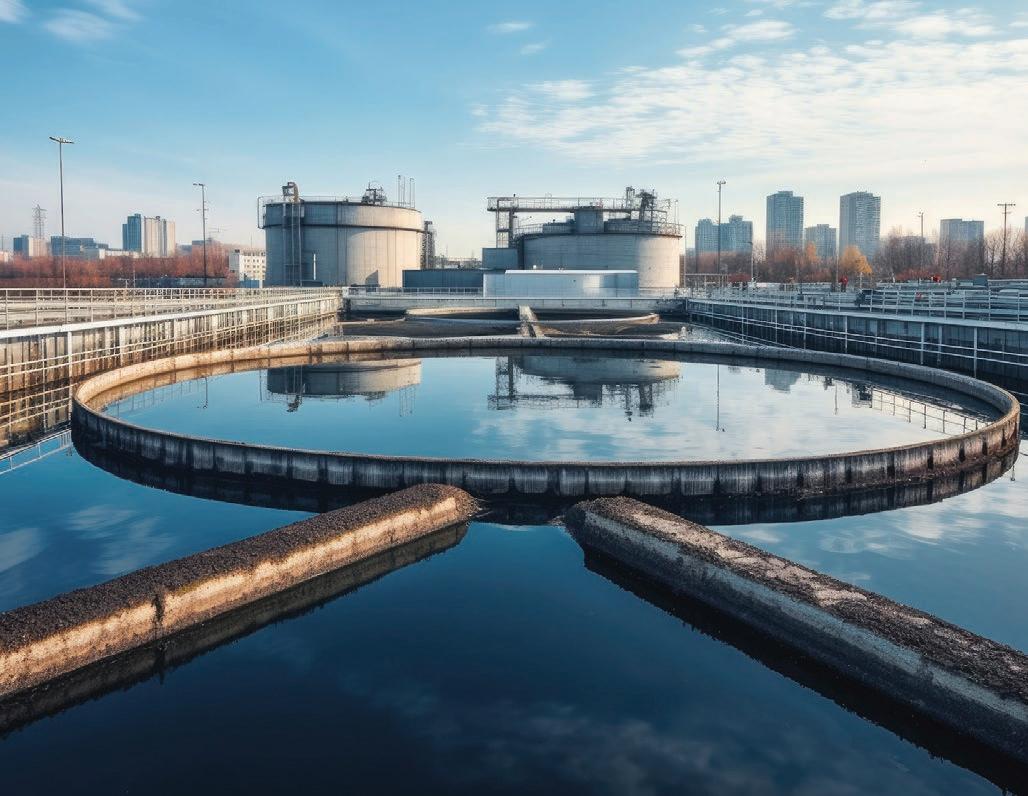
generate accurate preliminary engineering documentation that juxtaposes the feasibility of GAC and IX systems to remove PFAS.
Born from an equipment manufacturer trying to simplify its proposal process to win more work and increase the output of its application engineers, Transcend Infrastructure has been developing generative civil engineering design tools for over twelve years. Its primary product, the Transcend Design Generator (TDG), optimizes capital planning, operations costs, and sustainability for utilities and their vendors. TDG has been involved in 20,000 design projects in more than 70 countries, touching the water and power infrastructure of over 200 million people. The technology has been used by well-known water industry names, such as Severn Trent, Arcadis, and Xylem.
TDG goes to great lengths to understand raw water characteristics, project drivers like footprint, energy consumption, and budget, and guardrails against bad data inputs to correctly design water Final PFAS National Primary Drinking Water Regulation3

and wastewater infrastructure, including PFAS solutions. Engineers, utilities, and manufacturers using the TDG see an 80% time reduction on PERs, which equates to hundreds of thousands of dollars saved, depending on the complexity and size of the project. Once a generated design has been chosen, the TDG creates preliminary engineering reports within hours that are ready for submission to government entities. These generations include technical descriptions, an equipment list, process schemes, site plans, and schedules that are all editable in Word, Excel, Revit, and the CAD suite.

• How Generative Design Helps Utilities: The TDG helps asset owners and utilities evaluate more options in their capital planning and conceptual design processes, accelerating capital projects and reducing project risk. The tool aids in feasibility studies, master plans, and can also streamline technology comparisons. After deciding on a design, the TDG can generate tenders or bids to advertise with requests for proposals.
• How Generative Design Helps EPCs: Pursuing work and submitting proposals is expensive and non-billable. With the TDG, consultants can input existing infrastructure and the client’s needs to generate multiple options in a fraction of the time. It also allows EPCs to take on more projects. The TDG empowers engineers to bring more value to their clients by enabling them to evaluate more options and scenarios, all with signi cantly more detail, during capital planning and preliminary design. By reducing resources spent on design and letting software do the monotonous aspects of design, engineers can focus on more innovative and value-added work. For those pursuing collaborative delivery methods, such as design-build, the TDG helps predict a project’s costs to reduce the risk of exceeding the guaranteed maximum price.
• How Generative Design Helps OEMs: Like EPCs, OEMs struggle with the workload of pursuits and proposals. Application engineers must spend hours on pursuits without any promise of winning the work. With the TDG, OEMs can generate detailed modeling, compare themselves to their competitors, and take on more pursuits with their existing resources. Additionally, OEMs can submit their technology to Transcend Infrastructure so that their technology is considered when EPCs and utilities use the platform. If their solution is chosen, they can be put directly in contact with the party generating the design.
In addition, the TDG can be an onsite tool for each party to discuss options by running simulations on their tablets. The software provides 3D models that help visualize the project and can be used as community outreach assets. The generated PERs can also include company logos that are consistent with company branding.
New federal PFAS regulations stand to overwhelm utilities, EPCs, and OEMs with increased workloads, short deadlines, and limited
resources to meet them. The traditional process of capital planning and completing PERs will likely limit design and technology options for water and wastewater utilities, resulting in sub-optimal solutions that cost more to design, fund, and operate.
The water industry is due for a new approach to considering options, collaborating, and gaining approval from regulatory bodies. Generative design can accelerate technology comparisons and PER compositions, supplying utilities, OEMs, and EPCs with the time, nances, and bandwidth necessary to take on current and future PFAS compliance.

1 www.epa.gov/enforcement/pfas-enforcement-discretion-andsettlement-policy-under-cercla
2 www.epa.gov/dwucmr/third-unregulated-contaminantmonitoring-rule
3 www.epa.gov/sdwa/and-poly uoroalkyl-substances-pfas











Michelle Kuester, Associate Editor, Stormwater Report
In 2020, climate researchers with the First Street Foundation (New York City) compared their ood-risk models to US Federal Emergency Management Agency (FEMA) maps, and the di erences were stark. Findings revealed that the owners of 5.9 million US properties likely faced substantial ood risks despite their exclusion from FEMA-recognized oodplains (https:// rststreet.org/press/therst-national- ood-risk-assessment).
In an e ort to better incorporate current climate science into federal oodplain designations, FEMA implemented the Federal Flood Risk Management Standard (FFRMS) policy on September 9, 2024






(www.fema.gov/sites/default/ les/documents/ fema_ oodplain-management_ rmspolicy_092024.pdf ). The rule expands the coverage of regulatory oodplains. It holds federally funded projects within those oodplains to more stringent resilience standards, applying to new constructions, signi cant improvements, climate adaptation measures, and substantial repairs to damaged structures.
Before the implementation of the FFRMS, FEMA considered critical construction projects – such as re and police stations, hospitals, and facilities storing hazardous





materials – subject to ood-resilience requirements if they were in an area susceptible to the 500-year ood event. Other projects had to safeguard against the 100-year ood.
The US Federal Emergency Management Agency (FEMA) will use this owchart to determine whether a given site constitutes a regulatory oodplain. This is the rst step of FEMA’s 8-Step Decision-Making Process, by which they decide whether the agency’s new Federal Flood Risk Management Standard rules apply to a potential project.
The FFRMS incorporates the latest scienti c data to expand oodplain areas, accounting for both current and future risks.
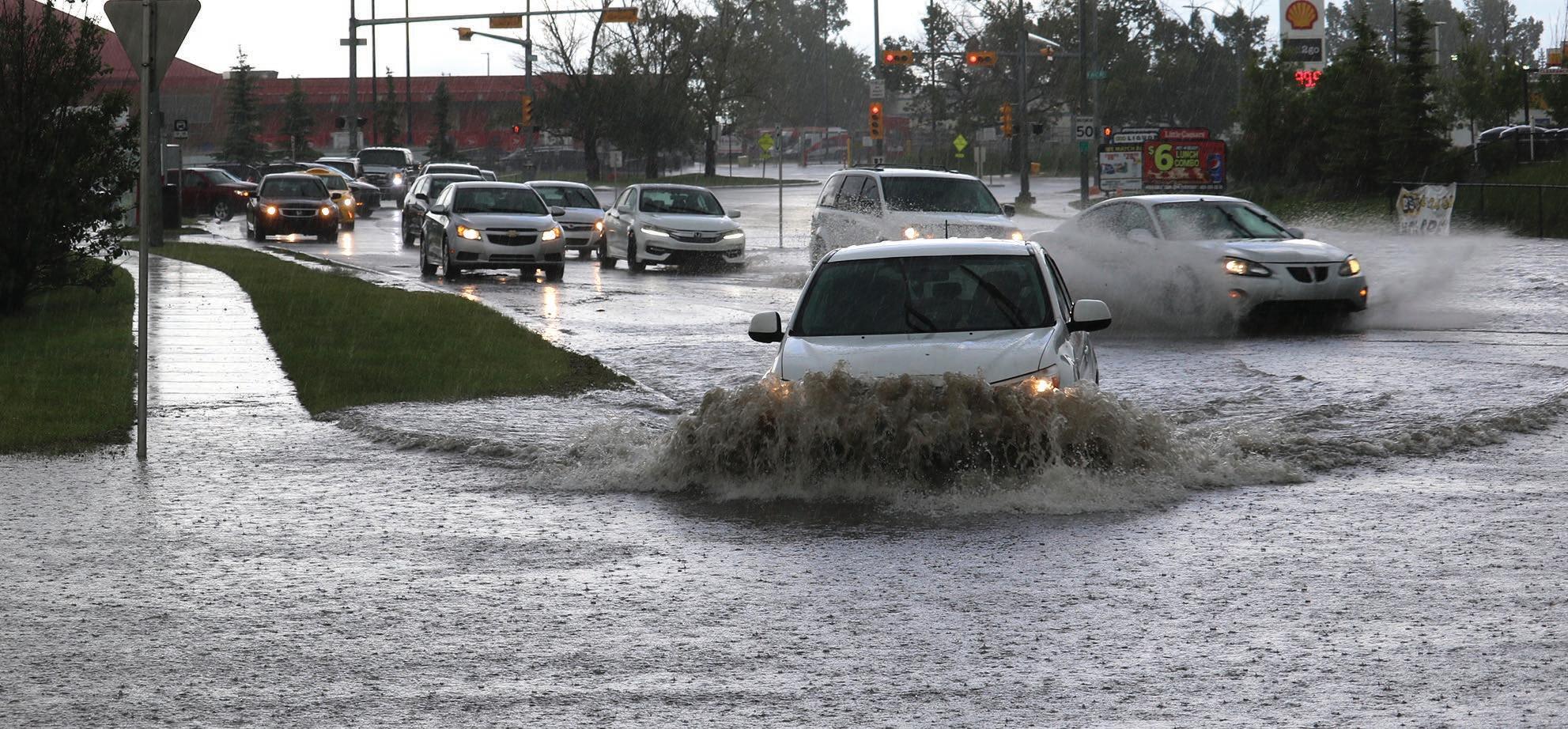



Developers, designers, and FEMA now will determine whether their projects reside in a regulatory oodplain based on three sets of criteria that incorporate both potential ood elevation (how high) and extent (how wide) for the project site:
• Climate Informed Science Approach (CISA): CISA is the standard method and contains the best-available, actionable hydrologic and hydraulic data. CISA incorporates current and future changes in ooding based on climate science; however, it is not available in all regions.
• Freeboard Value Approach (FVA): FVA de nes the oodplain as 0.91m (3 ft) above the 100-year ood elevation for critical projects and 0.6 m (2 ft) above the 100-year ood elevation for non-critical projects.
• 500-Year Floodplain: The area subject to ooding by the 500-year ood. FEMA has provided a job aid to help planners determine which approach is most appropriate in a given region in addition to a web-based application to help determine whether a project is subject to the FFRMS oodplain (www.fema.gov/ sites/default/ les/documents/fema_ rms-


CISA: ClimateInformed Science Approach
0.2PFA: 0.2-PercentAnnual-Chance Flood Approach
FVA: Freeboard Value Approach
AC: Annual Chance
oodplain-determination-job-aid.pdf ).
Acknowledging that meeting the new FFRMS standards often will entail increased capital costs, FEMA announced that the federal government will cover up to 75% of the costs associated with compliance (www.fema.gov/fact-sheet/frequently-askedquestions-about-femas-implementationfederal- ood-risk-management).
The FFRMS already has been implemented by the US Department of Agriculture, Defense, Health and Human Services, Housing and Urban Development, and Interior, as well as the US General Services Administration, and is part of a broader federal strategy to enhance climate resilience.
While stormwater professionals agree that incorporating the latest climate data into oodplain determinations is a positive, the new policy may see some pushback, particularly with engineers and within small communities.
“The design of stormwater infrastructure, such as green infrastructure,
detention ponds, or closed storm sewer systems, need to consider both regulatory and non-regulatory oodplains,” said Alexander Miller, Second Vice Chair of the Water Environment Federation (WEF; Alexandria, Virginia) Stormwater Community. “Increases to oodplain extents and elevations will limit available land for stormwater management. For instance, potential locations for detention ponds may be restricted as oodplains expand to account for future climate conditions.”
In one example, Miller – a Floridabased water resources engineer for HDR (Tampa) – described the FFRMS’ potential to complicate the design of stormwater pump stations in coastal communities.
“To meet new requirements, these examples of critical stormwater infrastructure may need to be raised and/or located farther inland,” he said. “Costs for stormwater projects may increase and professionals may need to be creative when designing stormwater management solutions.”
Sanjiv K. Sinha, CEO and Board Member of Corvias Infrastructure Solutions

“Costs for stormwater projects may increase and professionals may need to be creative when designing stormwater management solutions.”
(Ann Arbor, Michigan), echoed concerns that the new guidelines may present both technical and optical hurdles.
However, the FFRMS may cause communities to adopt a more forwardthinking approach to ood mitigation.

implement the rule as well as the agency’s sta ng and resource capacity.
“The new FFRMS is a good objective with appropriate principles, but I am not con dent that implementation will be consistent and skillfully obtained,” said Gary Moore, Civil Engineering Program Director for the University of Missouri-St. Louis and Washington University (St. Louis).

“While I have a strong positive opinion of FFRMS, the new framework presents some challenges related to cost, complexity, and local adaptation. For example, some local governments with limited budgets may push back, and many small governmental units will need assistance because they can lack technical know-how,” Sinha said. “Finally, some communities may push back due to their perception of federal overreach. So, the overall e ectiveness and reception of these standards will depend on how well these factors are balanced.”
“My hope is that this will allow communities to be proactive in their ood risk approach,” said Ryan Brown, Technical Solutions Engineer for Autodesk Water Infrastructure (San Francisco), adding that he hoped this policy would encourage communities to consider budgeting for disaster prevention as opposed to disaster recovery.
Stormwater professionals also noted concerns about the way FEMA will
“If there can be a reasonable and easy-of-use consensus climate model, then the implementation will be favorable.”
“I think the idea is wonderful, protecting our residents and vital facilities from future ooding. However, implementation of programs such as this can be tricky,” added Caroline Burger, Chief Stormwater Technologist for Carollo Engineers (Walnut Creek, California). “FEMA sta and partners are already overworked, so I am unsure if adding yet another duty to their full plates will help streamline their existing workload or exacerbate it.”


Bringing water and wastewater innovation to Oklahoma.
From treatment to reuse, we’ve specialized for 46 years in cutting-edge planning, design and construction managment. Count on us for support through the full project life cycle.





































OWEA is looking for technical papers for future issues of The Splash. We want to highlight people, projects, and facilities in the State of Oklahoma. Please contact Joshua Muskopf at jmuskopf@carollo.com for more information or to submit your white paper for consideration. Thank you so much for your contribution to The Splash!








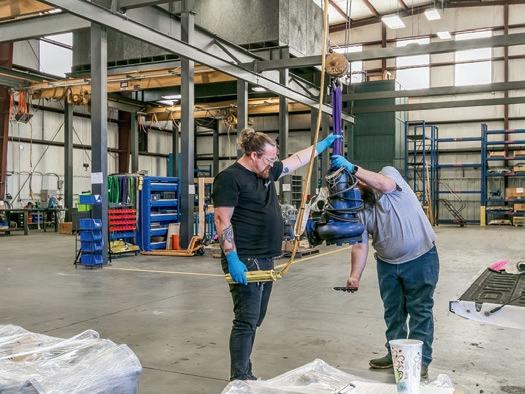





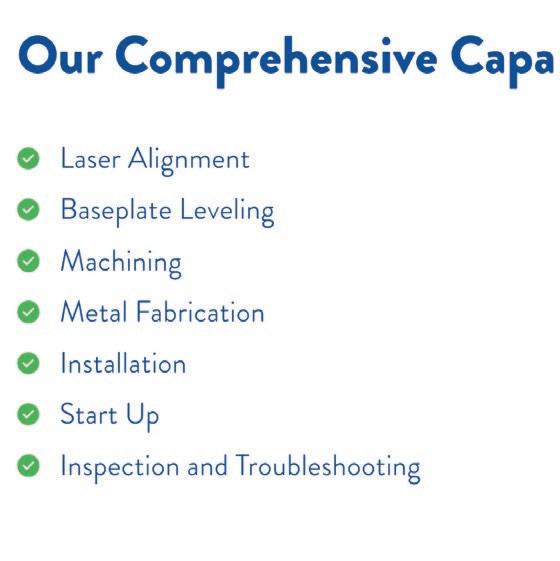





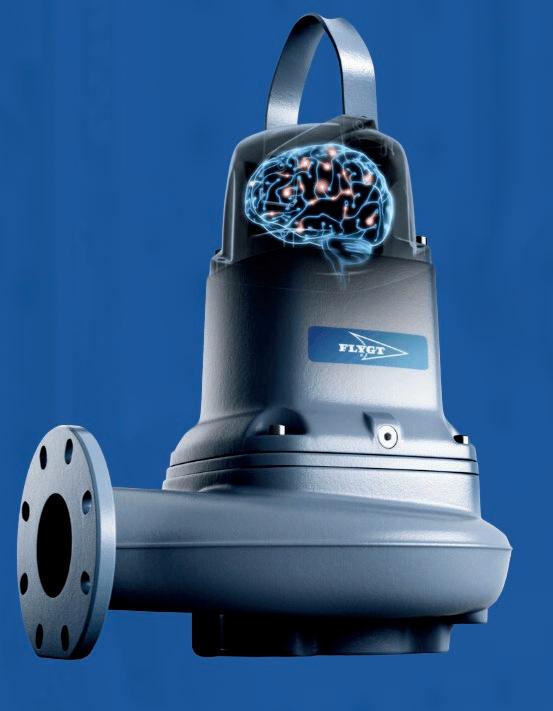



The Splash is made possible by the companies below who convey their important messages on our pages. We thank them for their support of OWEA and its publication and encourage you to contact them when making your purchasing decisions. To make it easier to contact these companies, we have included the page number of their advertisement, their phone number, and, where applicable, their website.
































































































































